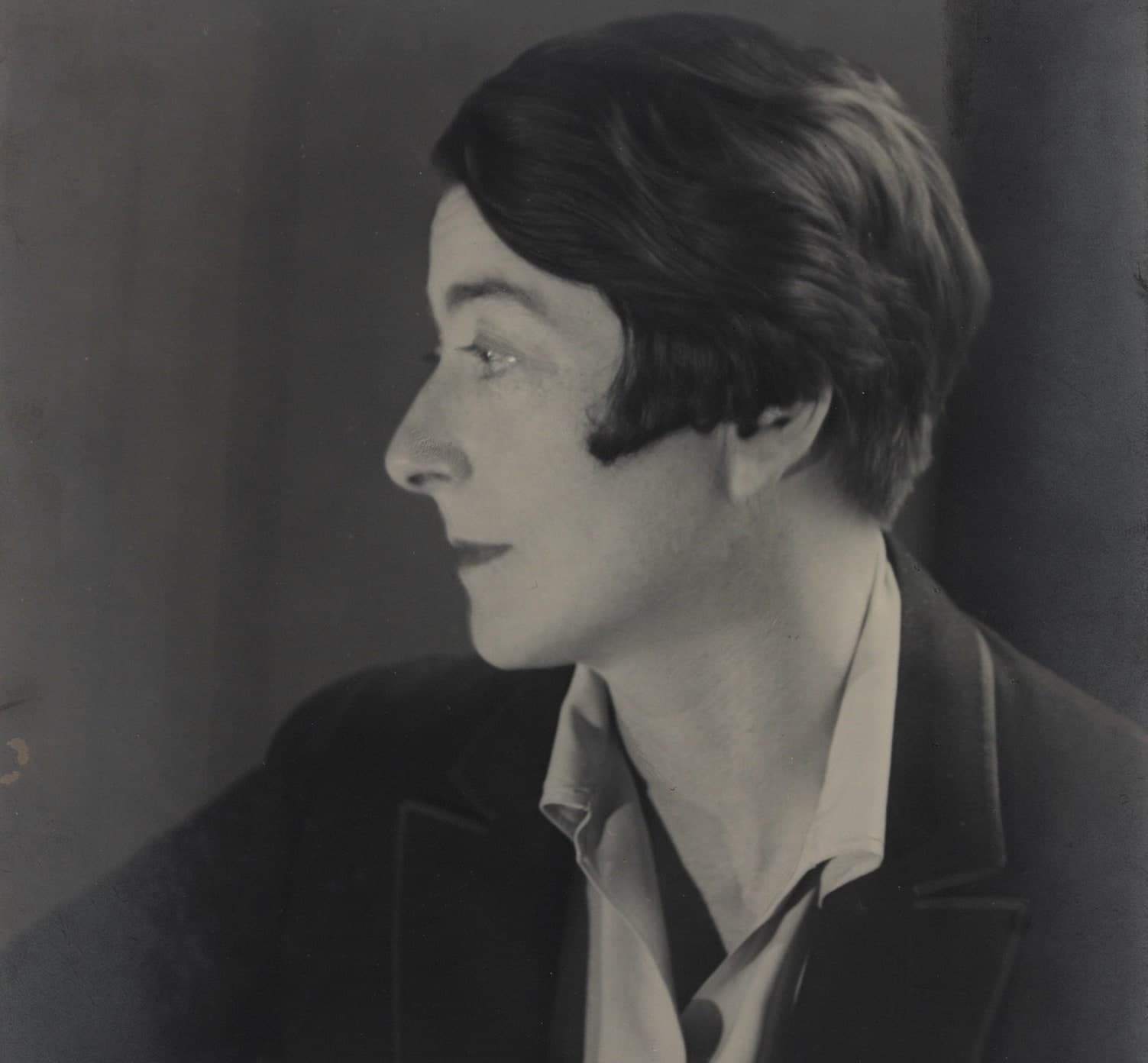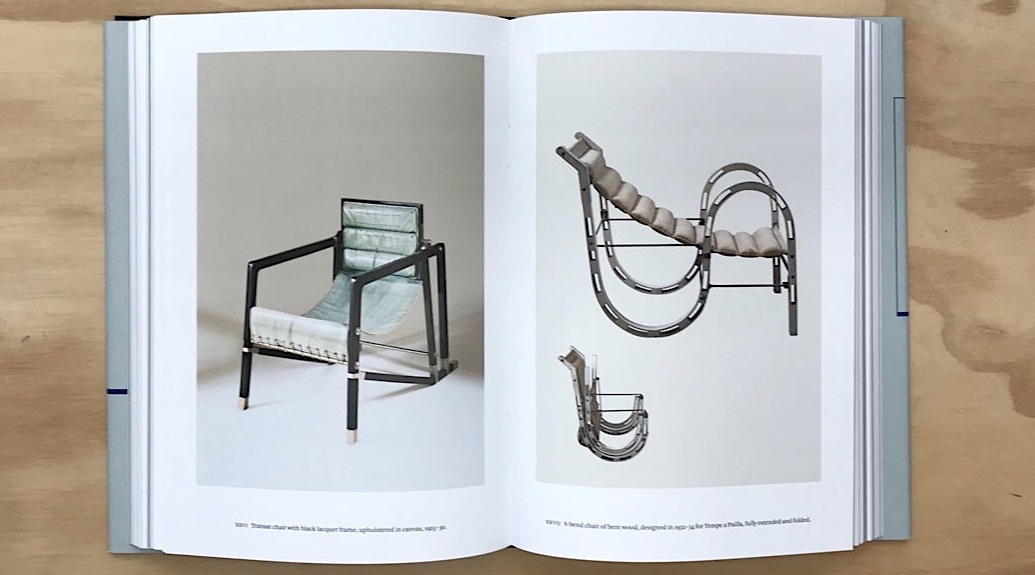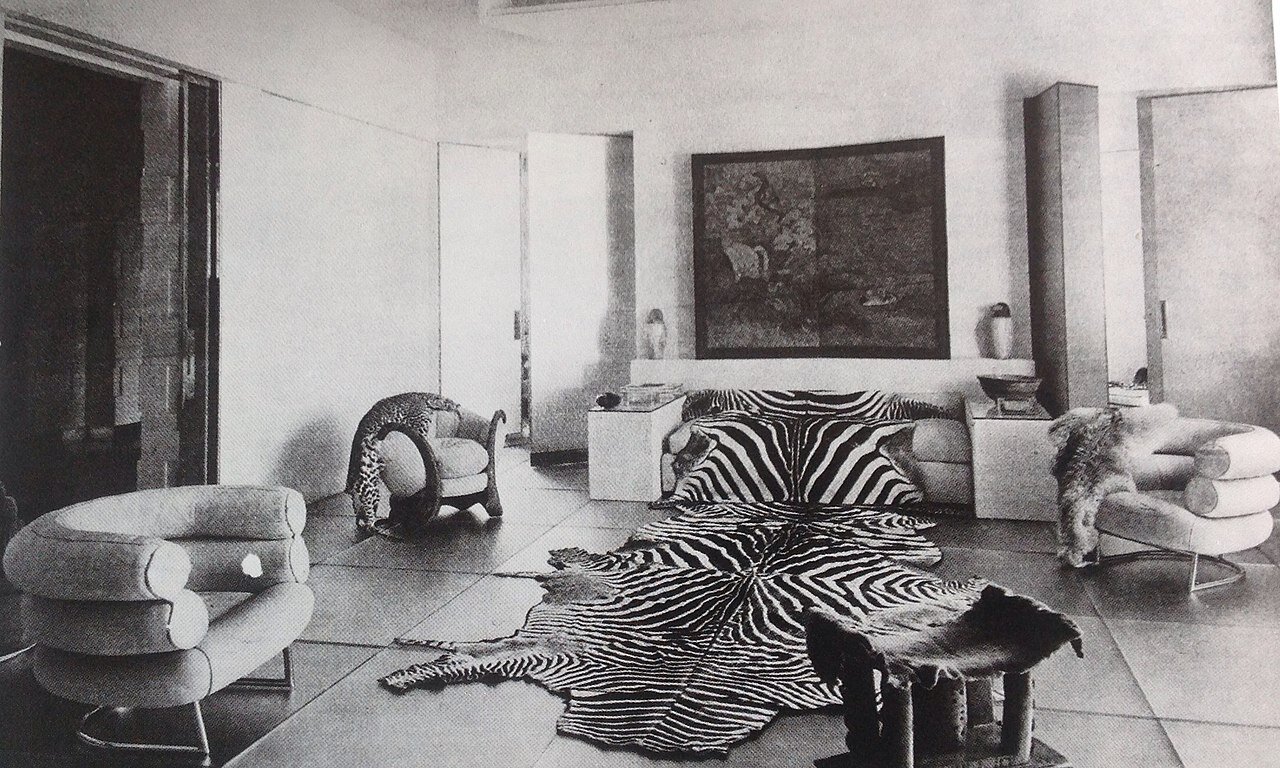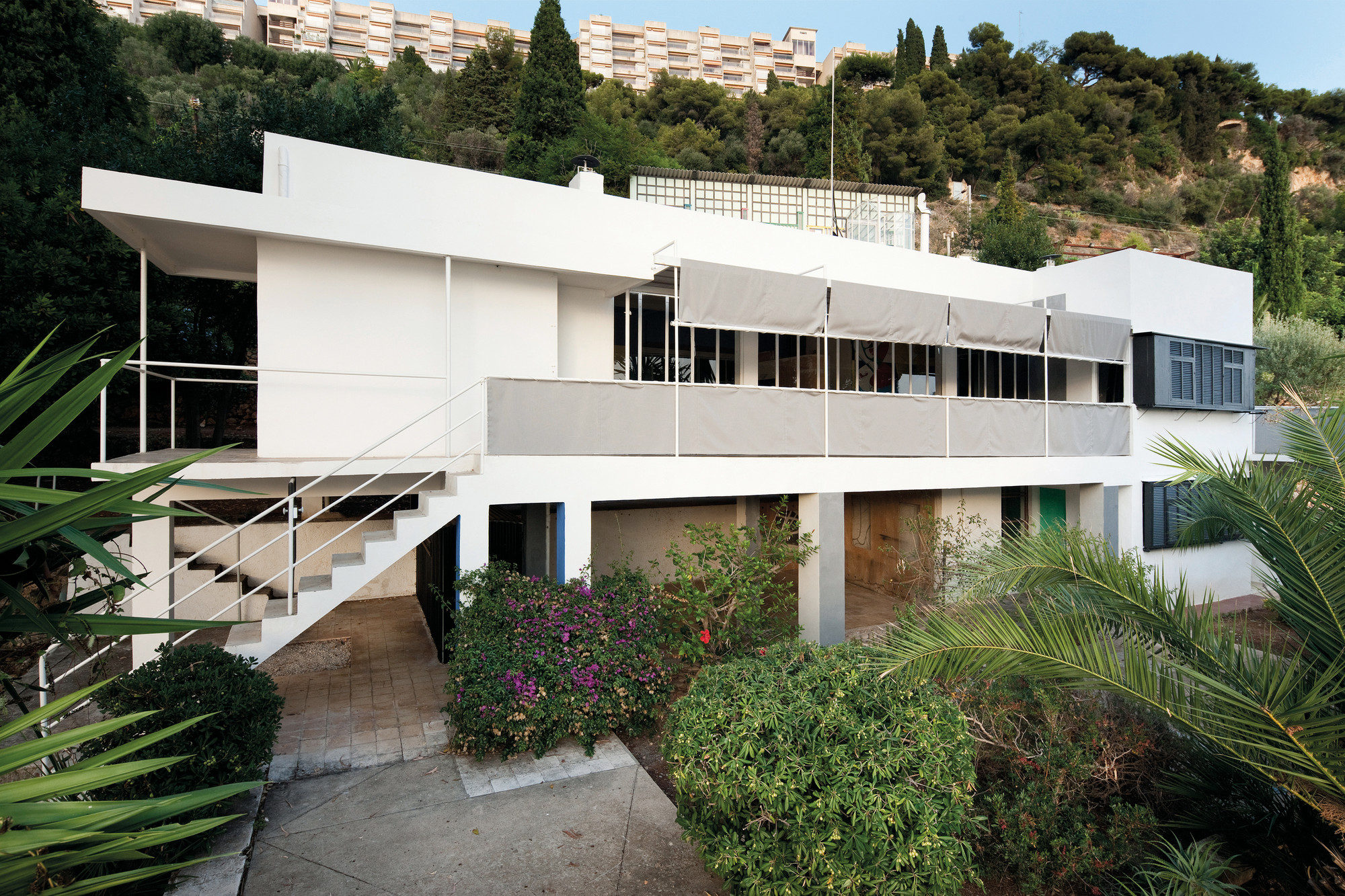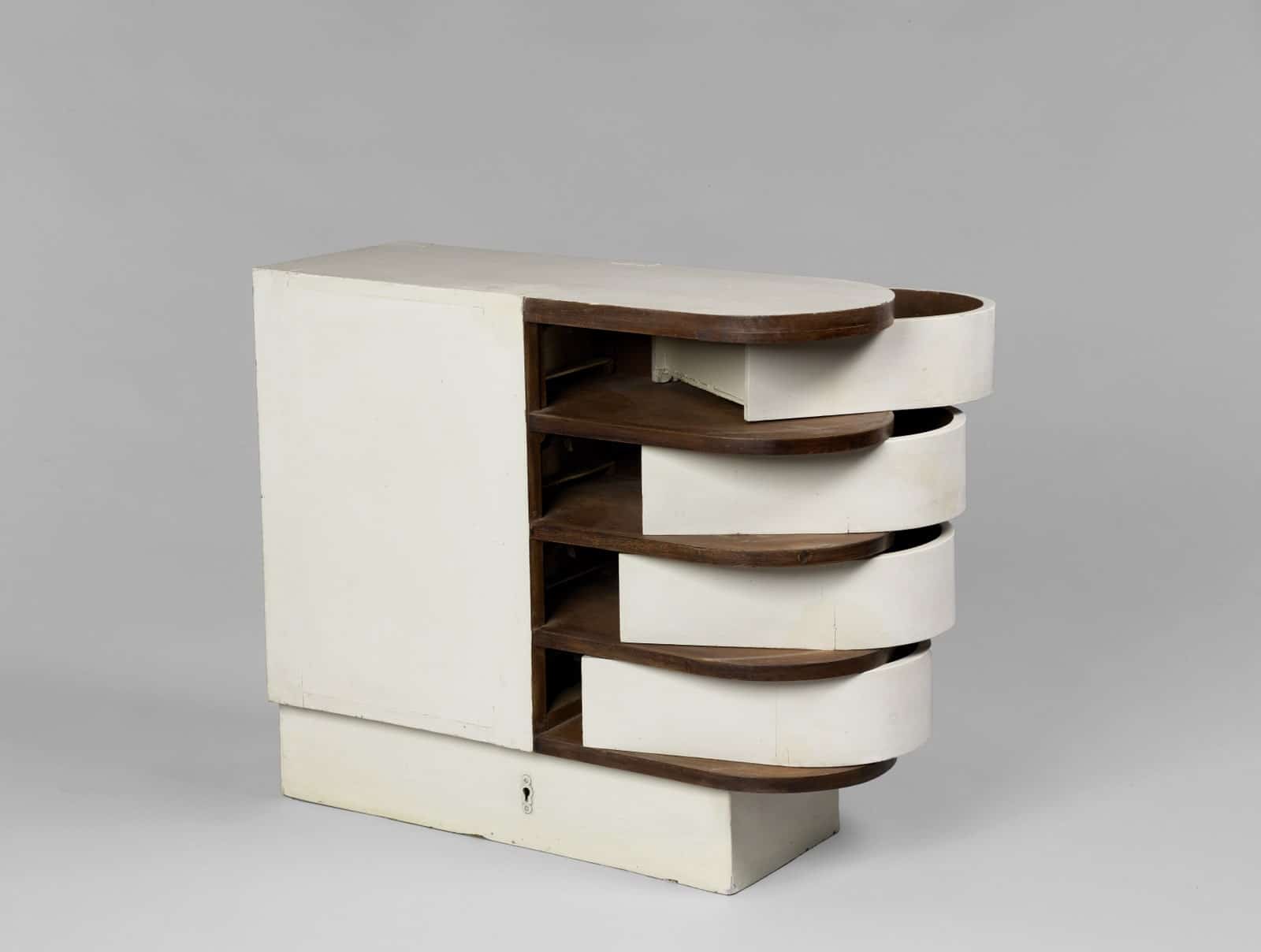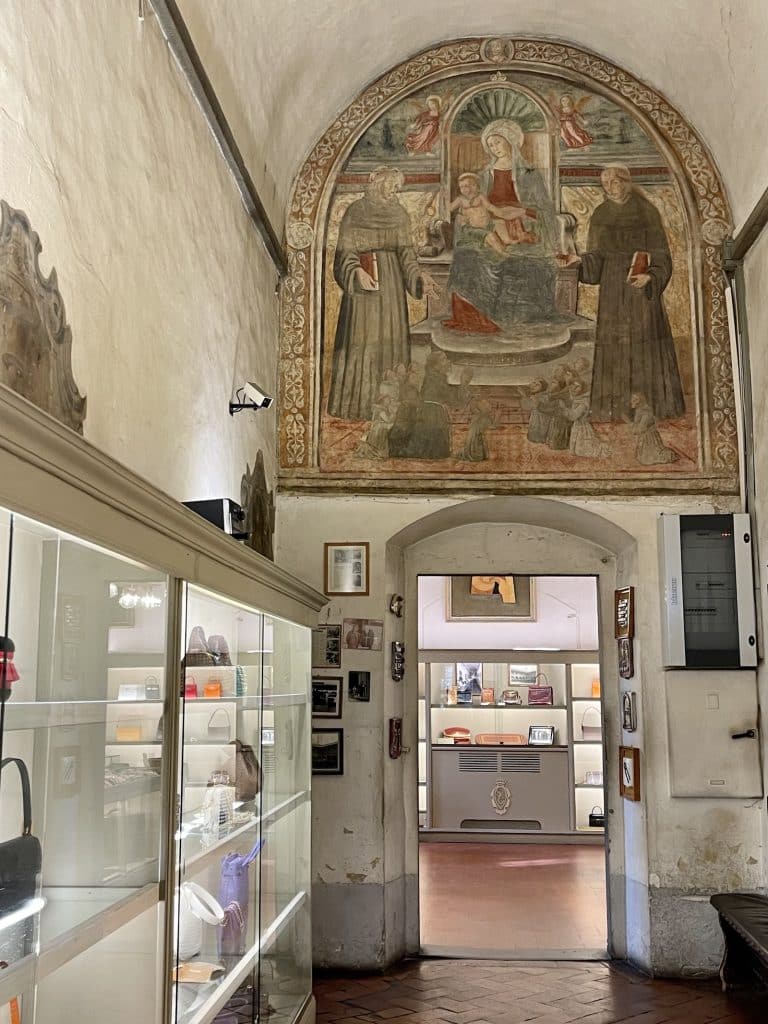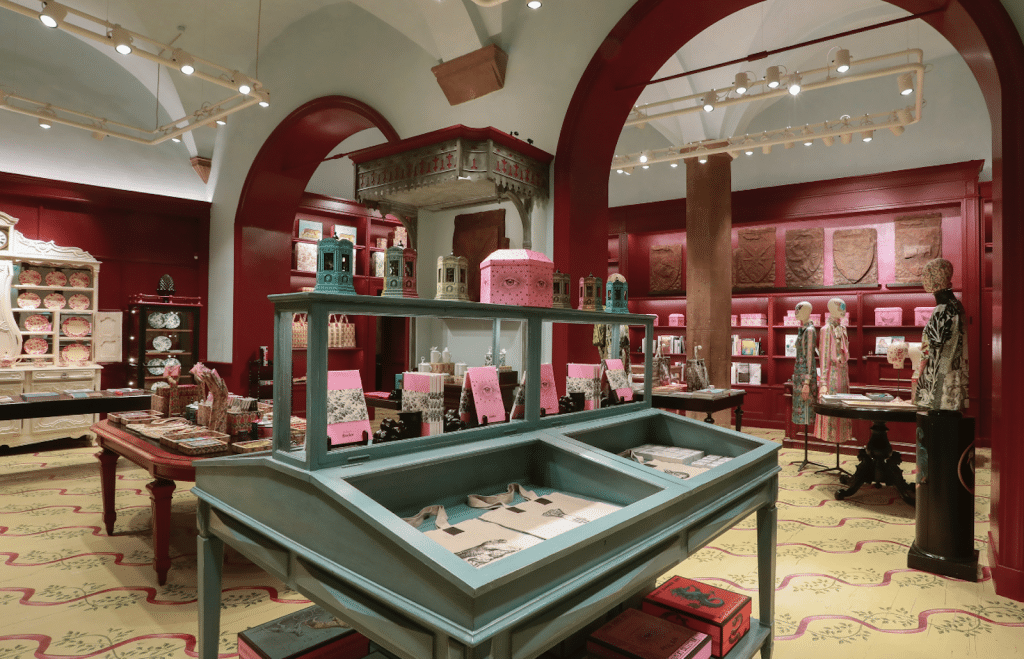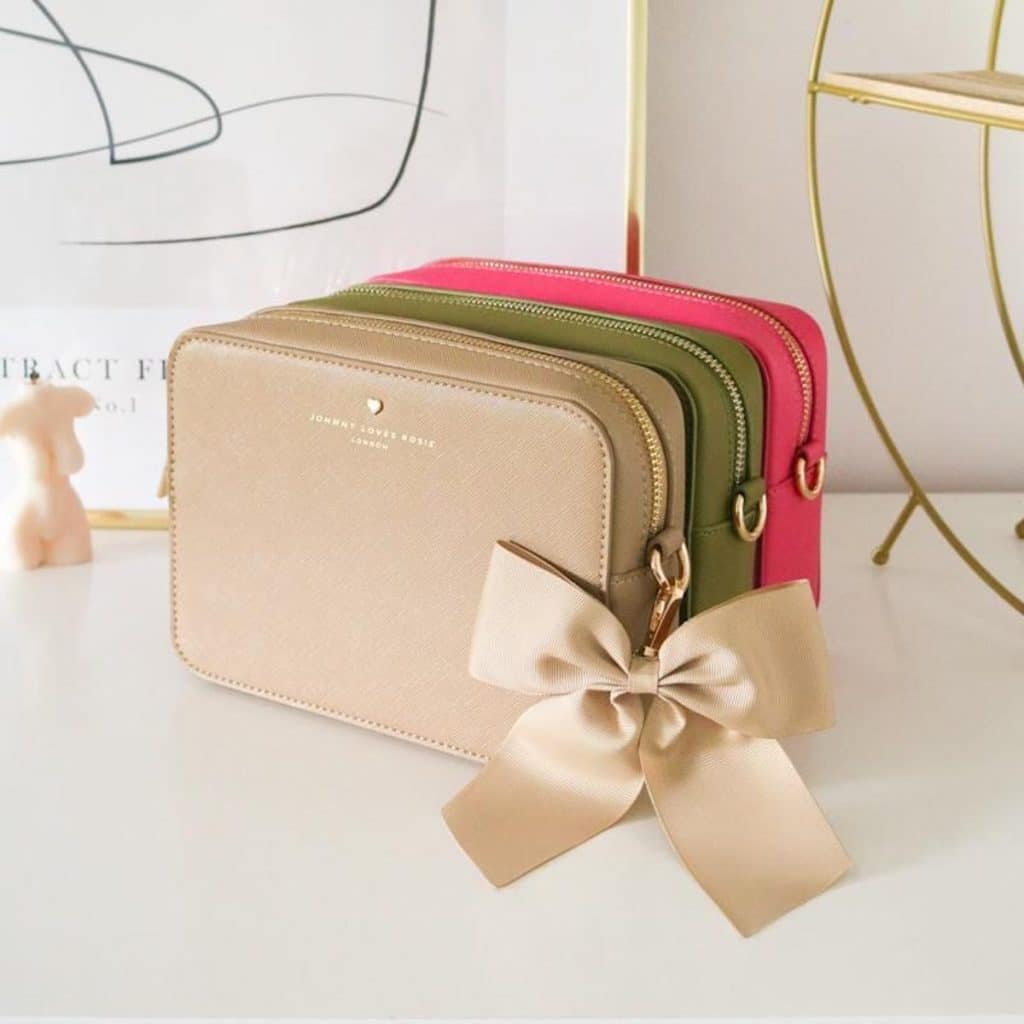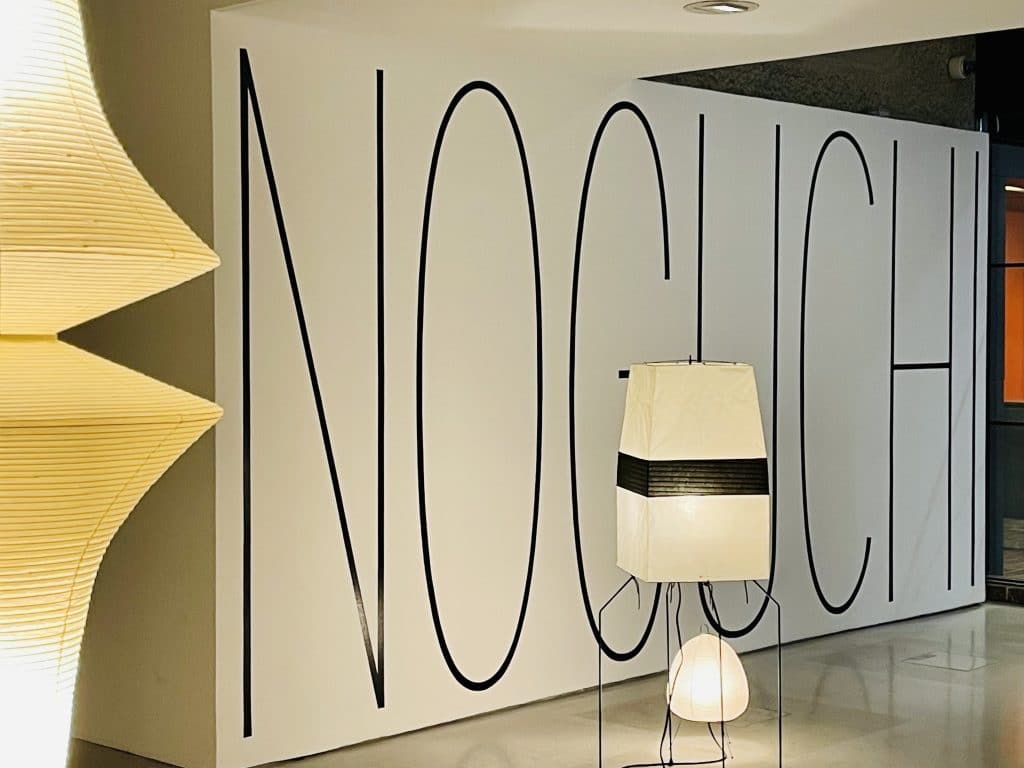In Eileen Gray, Her Life and Work, published by Thames & Hudson the author, Peter Adam, had the difficult task of gaining insight in to the life and inspiration of this celebrated designer. First published in 1987 this insightful and definitive biography of Eileen Gray is now revised and updated with extra illustrations.
This is an endlessly fascinating book about a woman universally revered in the fields of architectural and design yet almost unknown during her lifetime. She was socially awkward, curmudgeonly and rude, left minimal records of her work, led a secretive personal life and burnt all her letters.
Her career was not prolific: she only ever built two houses, a modest number of sculptural models and left many undated sketched plans. Her furnishings were few, many intensively hand crafted but became highly sought after. These now fetch remarkably large sums – posthumously, one of her leather covered armchairs sold for 22 million euros at the auction of the private collection of Yves St Laurent, a record for a work of 20th century decorative art – yet as her work grew in value in her later life she was disdainful and dismissive.
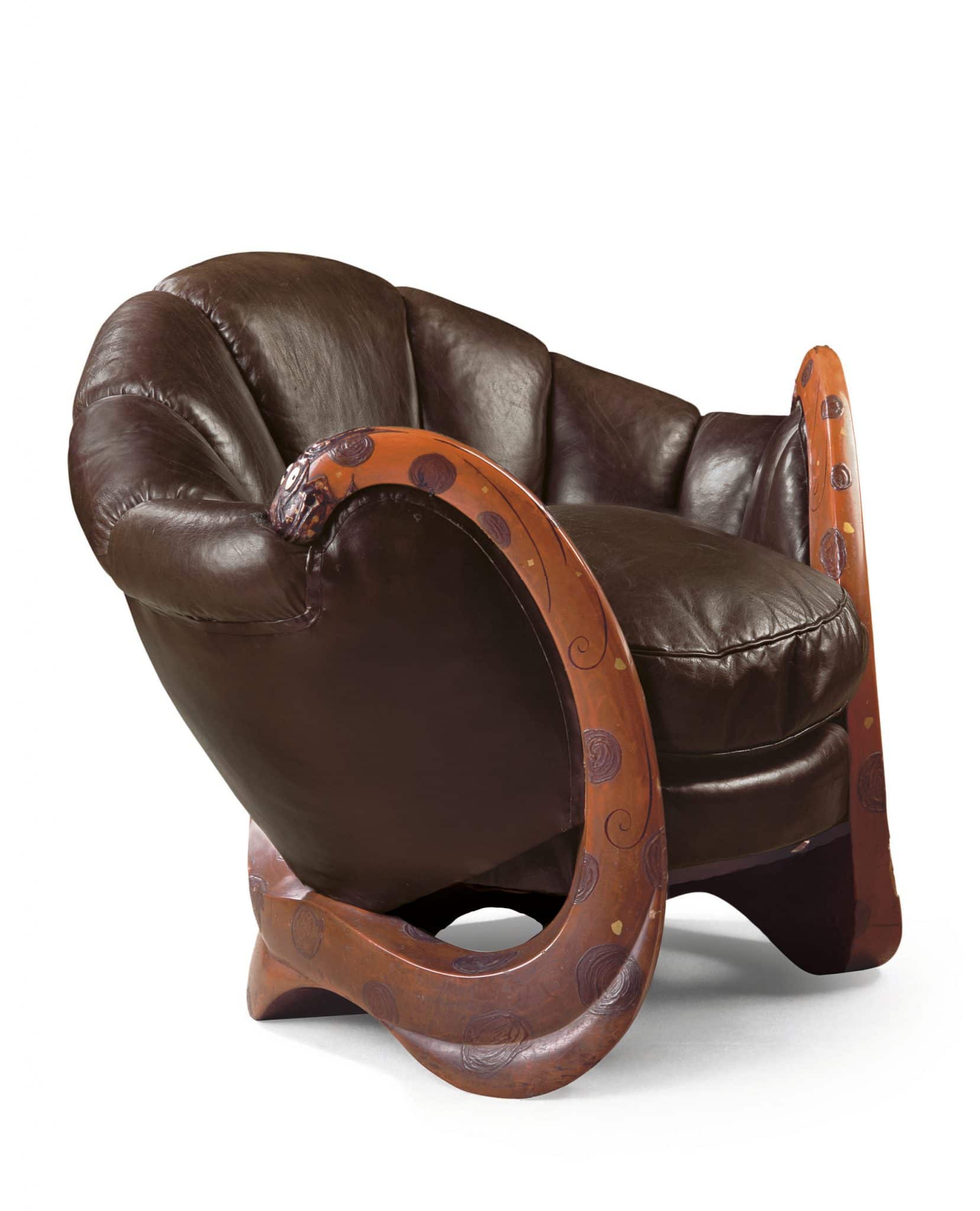
The real Gray that Peter Adam’s excellent biography attempts to reveal was somewhat of an enigmatic figure. Few people were able to get close to her and it is only by the determination of Adam, who met her when she was already in her eighties, that we have a fuller picture of a remarkable woman who has carved her own very special place in history.
Gray was born in 1878 in to an aristocratic Anglo-Irish family that could trace its history back to Lord Gray, the master of King James II household. She had an unhappy ‘frightened’ childhood, rarely smiled and as an adult never married or lived with any of her male (or female) lovers. She studied at Slade Art School at the turn of the century, and amongst her close friends was the artist and writer, Wyndham Lewis.
Inspired by a visit to the Paris Universal Exhibition she soon returned and settled there – painting, drawing and mixing with artists, poets and writers of the avant garde. She purchased a property, which she kept throughout her life.
However, she soon tired of formal drawing. Heavily influenced by the Munich Vereinigte Werkstatte fur Kunst in Handwerk, which preached the combination of practicality and handcraft – a striking contrast to the heavily ornate French style – she took up lacquer work and rug making.
With increasing fame and with society connections, she opened the shop, Jean Desert, in 1922 as a showcase for her work which already included the Transat Chair and the E1027 table. Unlike the painstaking labour intensive lacquer works and handmade rugs, these were more practical and easily reproduced.
Meeting Le Corbusier and gaining praise from the De Stijl movement she began to use colour to highlight materials and texture. She also created furniture that was almost architectural in nature made from materials like steel, slate, bakelite and chrome – these pointed to a future where she concentrated her efforts on architecture.
By 1924, when she was 45, she started on a project for a home at Rocquebrune on the Cote d’Azur. Over the next four years she would build a startlingly innovative modernist house overlooking the Mediterranean. It corresponded to Le Corbusier’s ‘Five points of a new architecture’: it was raised on pilotis, open plan, had horizontal windows and an open south facing facade.
Gray ensured that its design carefully considered human passage through the building as well as creating areas with pricey and mystery and was a ‘homogenous whole, balanced in all its parts’. Its elements were adaptable and flexible, often folding or sliding. It was fitted with tubular steel furniture including iconic pieces like the E1027 table and the Bibendum chair. This was not just a conceptual house, but a house for people.
In 1932 she bought an awkwardly shaped plot near Rocquebrune and on it built ‘Le Bateau Blanc’, again space saving ideas with a multitude of folding and sliding systems and incorporating industrial materials like sheet steel and metal shutters. She cleverly separated and linked different areas on varied levels around her own needs – a house resoundingly for her own use and not for clients.
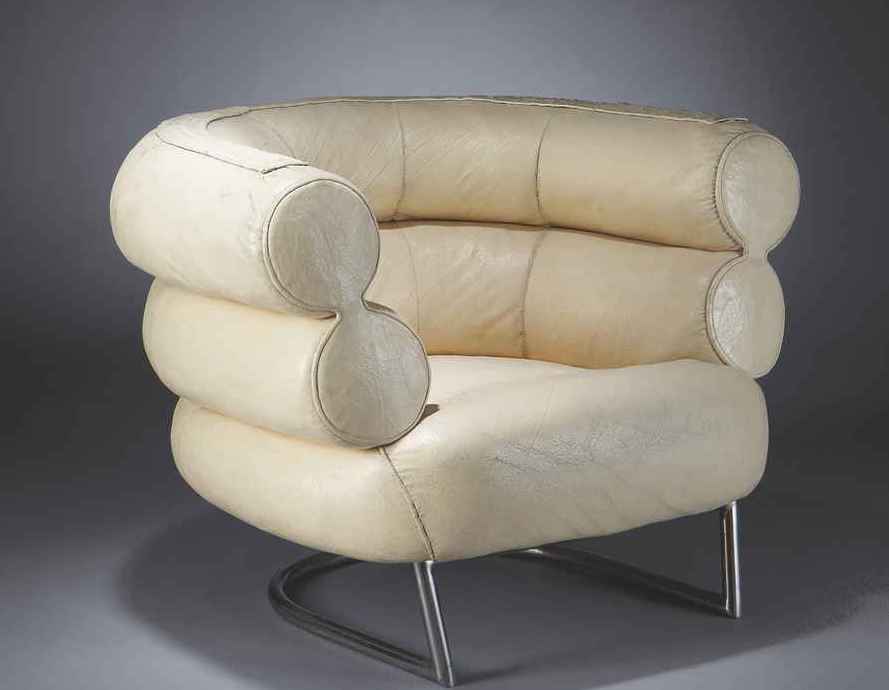
Gray continued to design, often using sculpted models and with socialist ideals: there were designs for ‘workers’ prefab houses, a ‘holiday centre’ which included teaching areas and a theatre and a ‘cultural & social centre’.
By the 1970’s her work was being taken seriously again with works selling for large amounts and collectors and museums became ever more interested. She received recognition, exhibitions, honours and awards, although Gray always stubbornly refused to attend – although she often would sneak in with the public to take a sneaky, and critical, look at the exhibitions.
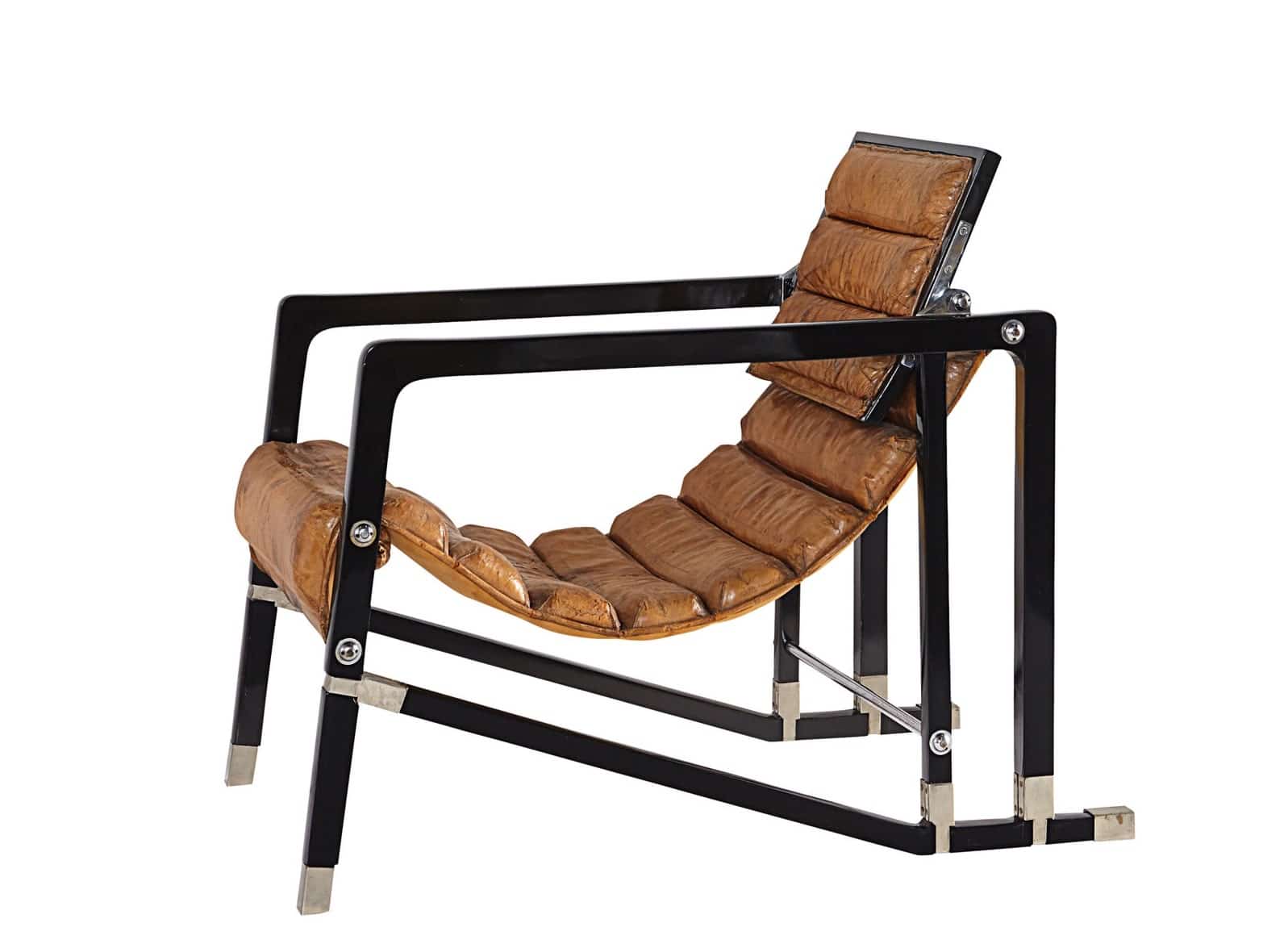
Right up to her death, at the ripe age of 98, Gray was still working at new ideas as well as organising her archives and putting finishing touched to old projects.
Throughout her life her chosen professions were dominated by men and she was repeatedly ignored and overlooked whilst credit for her work was often claimed by others. Gray co-founded organisations which then declined to select her work for exhibition and her name was frequently mis-spelled, even by admirers, as ‘Grey’.
Perhaps Eileen Gray’s main failing was not to be organised and professional. She was an artist and innovator but lacked the discipline and desire to operate with the level of organisation required of a professional architect.
This however did allow her to operate outside the system and Gray’s greatest legacy is probably derived this trait of independence which allowed her to think more creatively about architecture and design. She created some iconic buildings but more importantly, her thoughts about architecture and her innovative furniture secured her place as a unique and iconic figure in the history of architecture and design.
For more information visit Thames & Hudson
For our curated recommendations for Art, Culture, Design and Architecture books visit the CELLOPHANELAND* bookstore





